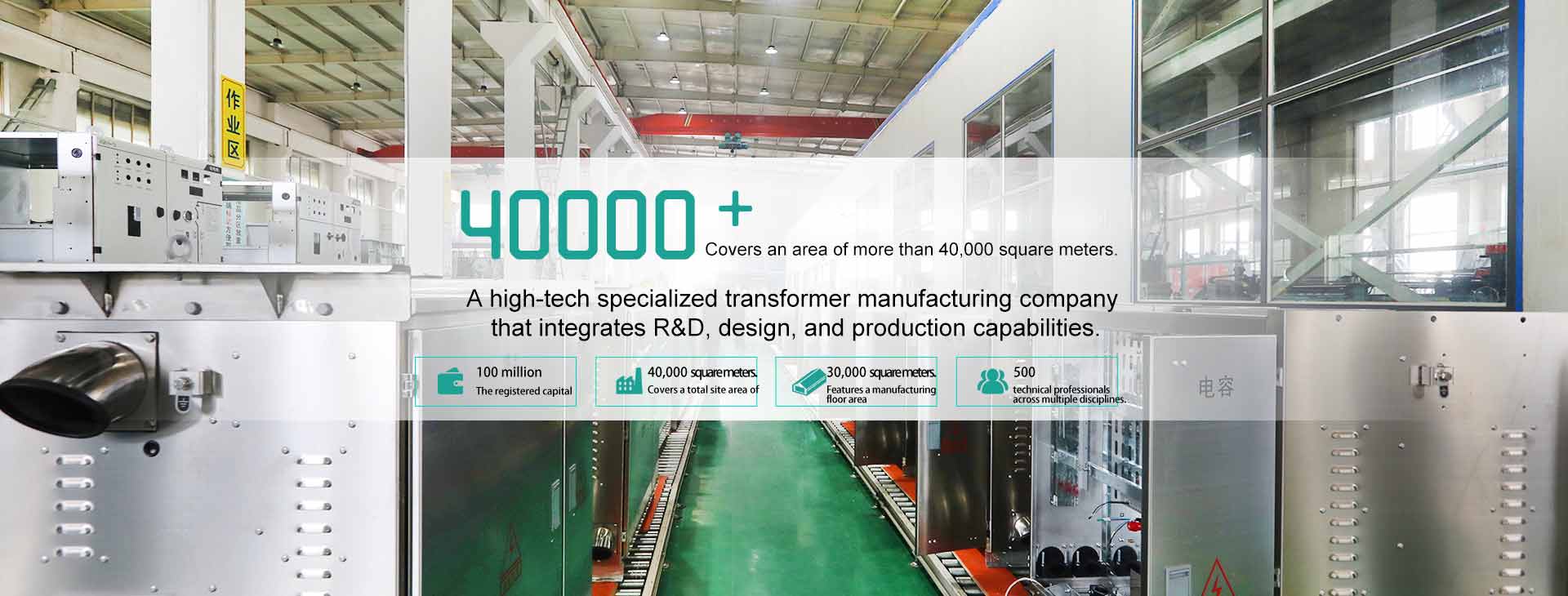In power transmission and distribution systems, transformers are one of the indispensable pieces of equipment. As a common type of transformer, dry-type transformers boast numerous advantages, including high reliability, simple maintenance, and excellent safety. There is a wide variety of dry-type transformer models, and several common ones will be introduced below.
Dry-type Transformer - Dry Model
The Dry-type Transformer - Dry Model is one of the common dry-type transformer models. It adopts dry insulating materials and does not require oil immersion, thus avoiding oil pollution issues. This model is suitable for places with high environmental requirements, such as hospitals and subway stations.
Dry-type Transformer - Dry Cast Model
The Dry-type Transformer - Dry Cast Model is a type of dry-type transformer manufactured using casting technology. It features good heat dissipation performance and high mechanical strength, making it suitable for places with large load fluctuations, such as factories and large shopping malls.
Dry-type Transformer - Dry Belt Winding Model
The Dry-type Transformer - Dry Belt Winding Model is a dry-type transformer made with belt-type windings. It has high insulation strength and a low partial discharge level, which makes it applicable to places with high power quality requirements, such as telecom base stations and computer rooms.
Dry-type Transformer - Dry Rectifier Model
The Dry-type Transformer - Dry Rectifier Model is a special dry-type transformer designed for rectifier equipment. It offers high heat resistance and low electromagnetic interference, and is suitable for places that require stable DC power supplies, such as power electronic equipment manufacturing plants and battery charging stations.
Dry-type Transformer - Dry Isolation Model
The Dry-type Transformer - Dry Isolation Model is a dedicated dry-type transformer for circuit isolation. It has high insulation strength and low leakage current, making it suitable for places with strict electrical safety requirements, such as laboratories and mines.
There is a vast range of dry-type transformer models, and each model has its specific applicable places and characteristics. When selecting a dry-type transformer, comprehensive consideration should be given to actual needs and environmental requirements to ensure the normal operation and safe use of the transformer.











